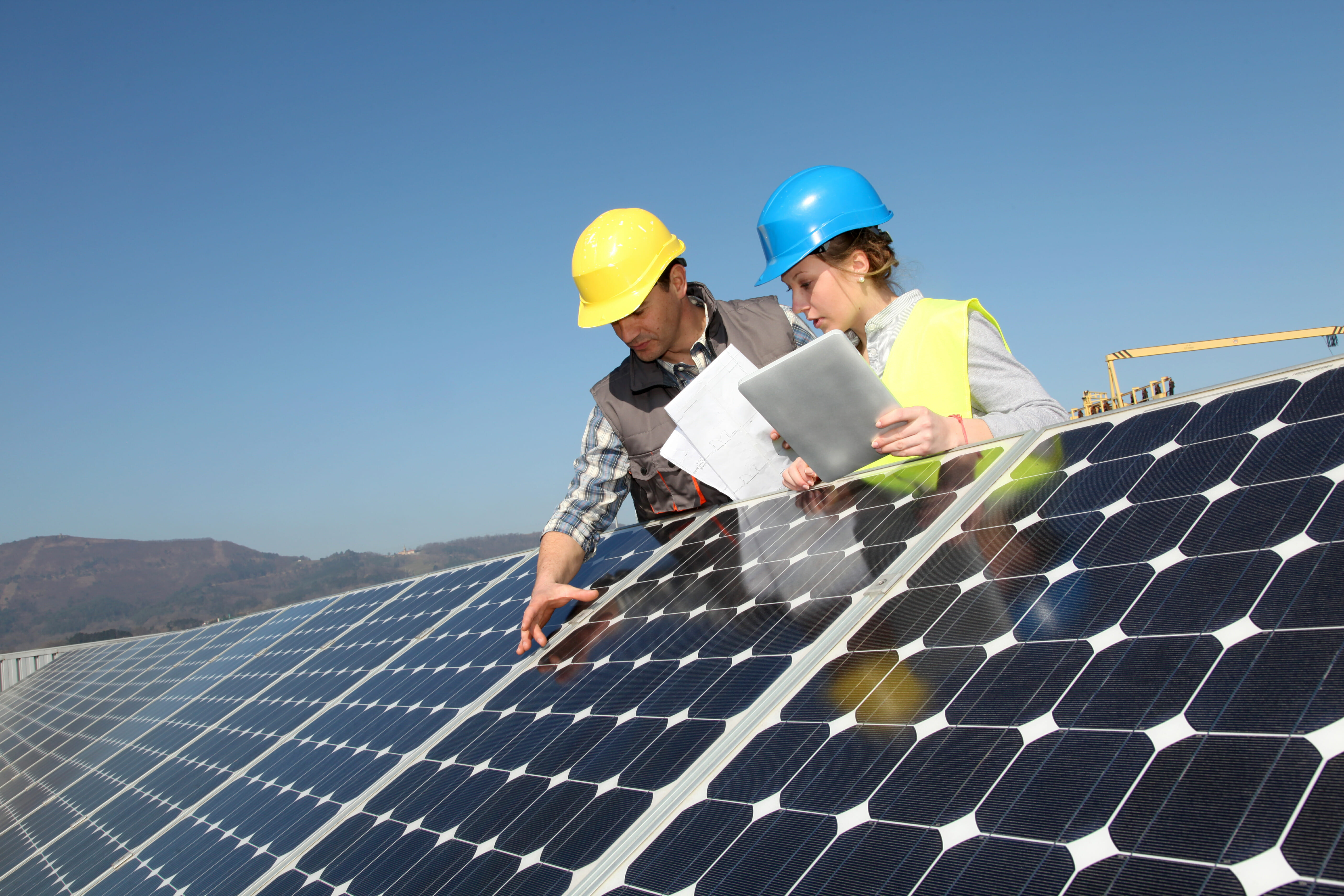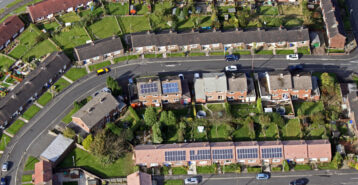Are you doing a solar project?
Modernize can pair you with three to four pros in your area, so you can compare options and save time and money.
Every day it seems like solar companies are releasing the most efficient solar panels to date. With so many companies making that claim, it’s difficult to wade through the noise. One useful resource to help you choose is the International Organization for Standardization (ISO), who created standards for manufacturing solar panels under the ISO 9000 series. Solar panel manufacturers can be certified ISO 9000 compliant, although it may not be an indicator of a low-quality product if they aren’t certified. Read on for other factors that contribute to the quality of your solar panels.
Solar Panel Rating & Power Tolerance
The solar panel rating refers to the amount of power they produce, and is often the first factor homeowners take into account when shopping for solar panels. Your solar panels will say they produce 250 watts, for example. The higher the solar rating, the more power they produce. You will also hear this referred to as a nameplate rating. It’s important to keep in mind that the nameplate power is generated under ideal conditions, and not 100% of the time. However, the differing solar nameplate ratings represent one step in understanding which solar panel is right for your project.
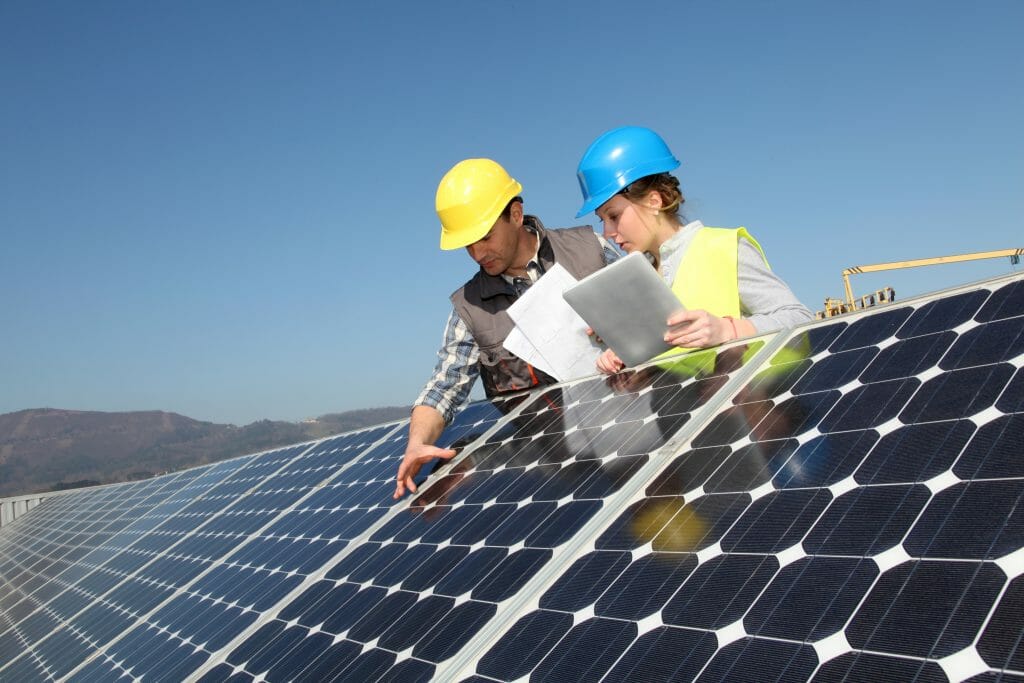
Similarly, you will want to know your solar panel’s power tolerance—the potential difference of power produced from the nameplate rating. The power tolerance is expressed as +/- 5% on the solar panel sticker. This means that it can produce as little as 237.5 watts (-5% of the starting 250 watt power rating) to as much as 262.5 watts (+5% of the 250 power rating). A narrower power tolerance is preferable to one that has a wider range because it shows more confidence in the rating and gives you a better estimate of the power your panels will produce.
Efficiency is not the only determining factor in high-quality solar panels—the purity of the crystalline silicon used in the solar panels plays a very large part, too. There are two types of solar panels that utilize crystalline silicon to produce power for your home.
Monocrystalline Solar Panels
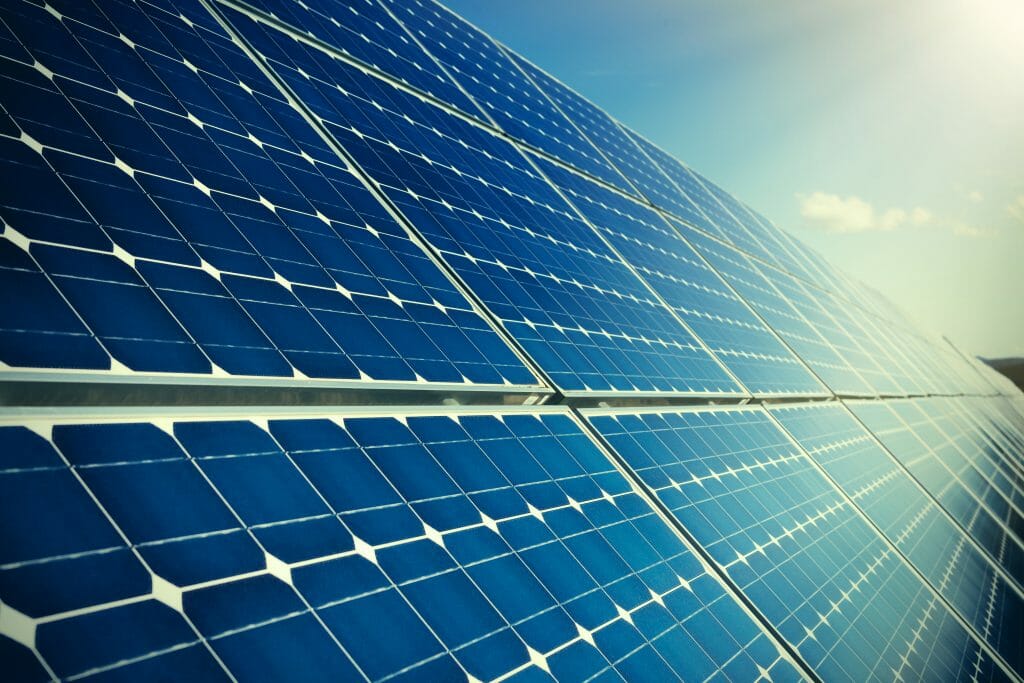
Monocrystalline solar panels are also called single-crystalline solar panels. At a glance, you’re able to tell if the solar panels are monocrystalline because they have a uniform color, which indicates the use of a high-quality silicon. The cells used in monocrystalline solar panels are cylindrical and create the recognizable wafer shape. There are several benefits to choosing monocrystalline cells for your solar panels. A commonly cited benefit is that they are highly power efficient, which means you can get more power per panel and may not need as much space for the solar panel. Finally, monocrystalline solar panels have a long life expectancy and most solar panel manufacturers guarantee their monocrystalline panels for 25 years.
While they are some of the most power- and space-efficient, monocrystalline solar panels can also be more expensive than polycrystalline or thin-film solar panels. This initial cost may be prohibitive for some homes, but don’t forget to factor in the solar panel rebates available in your area. Another disadvantage—if you live in cooler climates—is that monocrystalline cells function better in warm weather. A knowledgeable solar contractor can help you decide if monocrystalline solar panels are right for your home.
Find the Right Contractor for Your Solar Project
Whether you’re ready to begin your project now or need some expert advice, our network of contractors are here to help. With a few simple questions, we’ll find the best local professionals for you
Polycrystalline Solar Panels
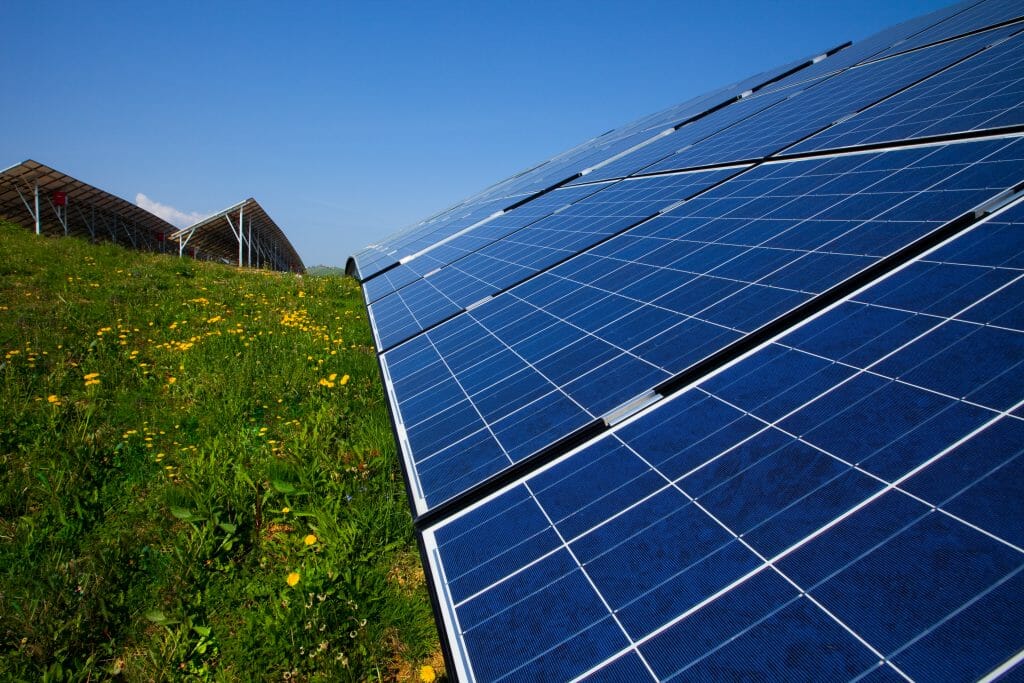
Polycrystalline solar panels are produced by melting raw silicon and then pouring it into perfectly square molds, creating the square wafer shape. The process to create solar panels using polycrystalline silicon is slightly easier, resulting in a lower cost to the consumer. They are also well suited for cooler climates, as their efficiency in high-heat is slightly worse than monocrystalline panels. Because they are not as space efficient as monocrystalline panels, polycrystalline solar panels need to cover a larger area in order to produce the same amount of power.
Thin-film solar panels are made up of several thin layers of photovoltaic materials stacked upon one another. They are generally more flexible than silicon solar panels, which presents a lot of possibility for potential solar projects. While they are a popular option for larger commercial solar projects, they require a lot of space and therefore are not the best option for residential projects. Moreover, from a quality standpoint, thin-film solar panels tend to degrade faster than mono- and polycrystalline solar panels. This is why you will notice shorter guarantees on thin-film solar panels.
Solar Panel Quality
The top manufacturers of high-quality solar panels have a few factors in common:
- Contribute ample resources to research and development, continually improving their product and process.
- They are vertically integrated, meaning they control every step of the process- from the conception of the idea, to rolling out of the completed project. This level of involvement means they can make assurances for their quality control process to consumers.
- They use a high-grade silicon to manufacture their solar panels. Solar panels produced with high-grade silicon last longer than those produced with a lower grade, which is understandable.
- They have been around for longer than 5 years. They have had time to develop quality products and have overcome their learning curve.
- The production process utilizes robotics to manufacture solar panels. This removes the chance of human error and ensures a uniform project.
Solar companies that may not meet all of these factors don’t necessarily manufacture low-quality solar panels, and can be considered Tier 2 companies. They may be newer companies and are unable to devote as many resources to research and development as the more established solar manufacturers. In that case, these companies are still able to manufacture good solar panels, and may be only a few years away from being considered a high-quality solar panel. Depending on your financial situation, solar panels from Tier 2 companies may be the best option.
Talking to a few solar panel contractors in your area is the best way to gauge the quality of solar panels available to you. They will know which panels are best for your climate, your price range, and the size of your home. Contact them today to start the conversation or receive a quote.
Find the Right Contractor for Your Solar Project
Whether you’re ready to begin your project now or need some expert advice, our network of contractors are here to help. With a few simple questions, we’ll find the best local professionals for you
Reviews from Real Homeowners
Welcome to Homeowner Resources! We are the Modernize blog. Modernize pairs more than 3 million homeowners a year with pre-vetted contractors in their area. This blog started because we believe homeowners should know everything about their homes, from how their HVAC works to which front door colors they might love. On Homeowner Resources, you can find information on every part of your home, right down to how you can negotiate with contractors to get the best price. Here's more about the blog.
Need a contractor? Learn more about how Modernize finds the right pro for you.
